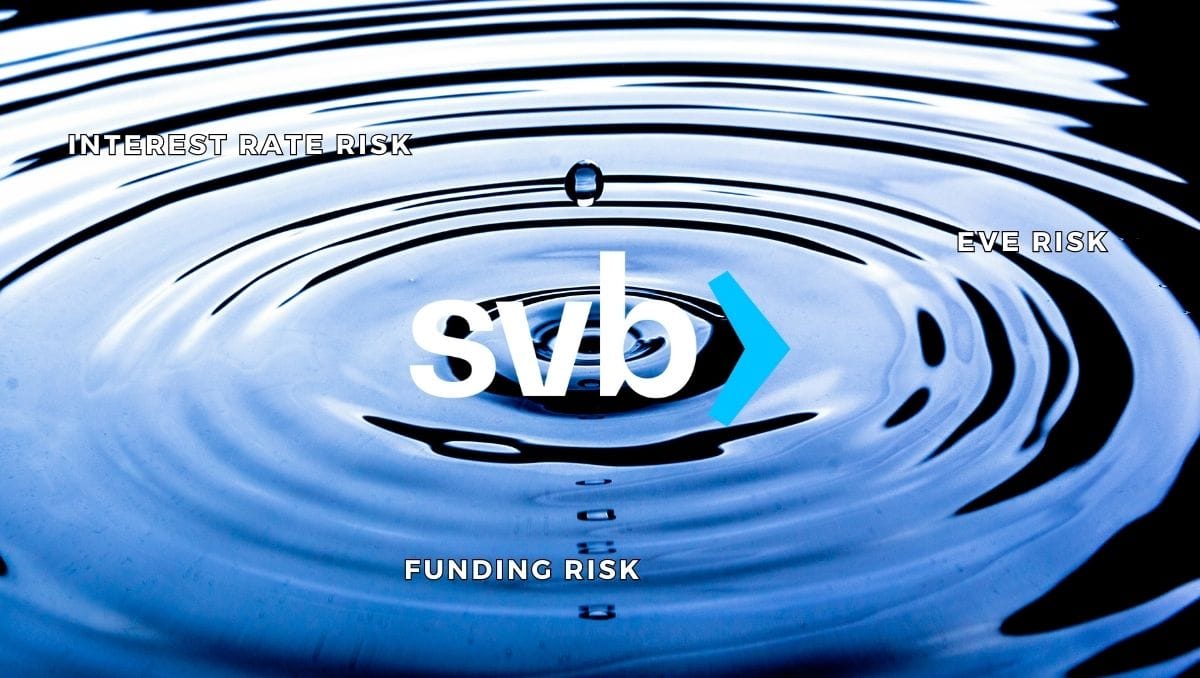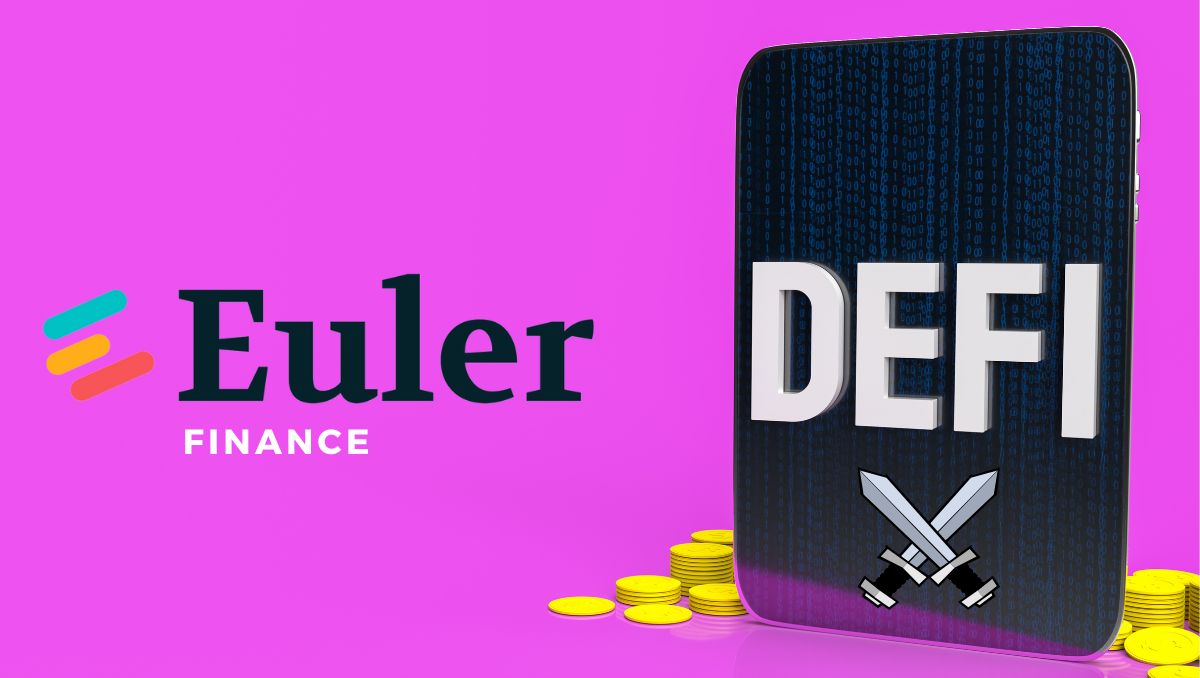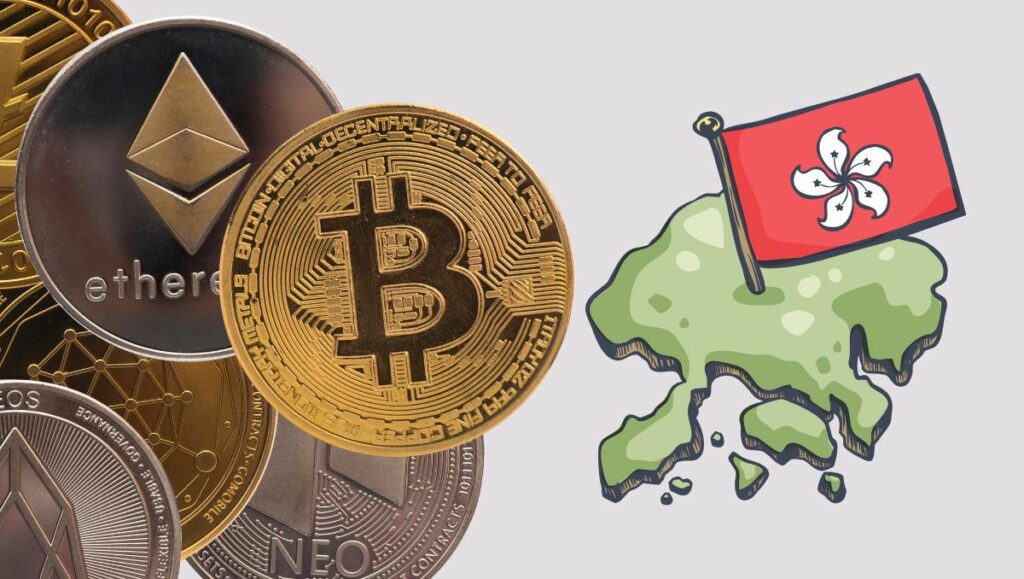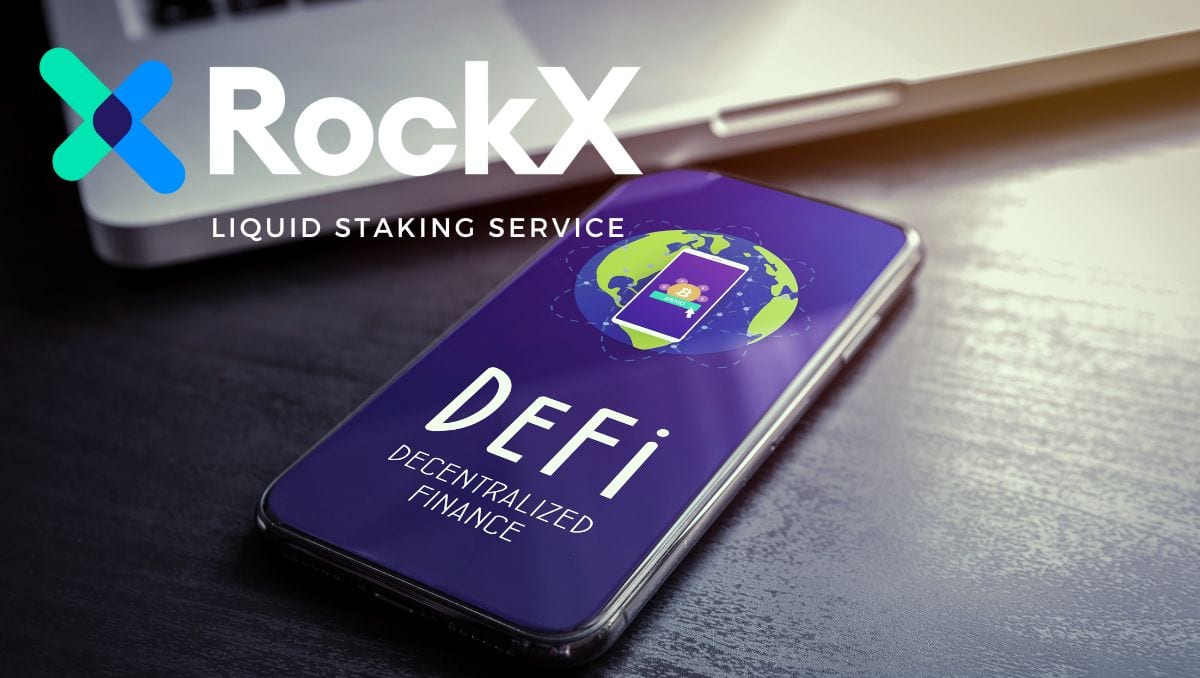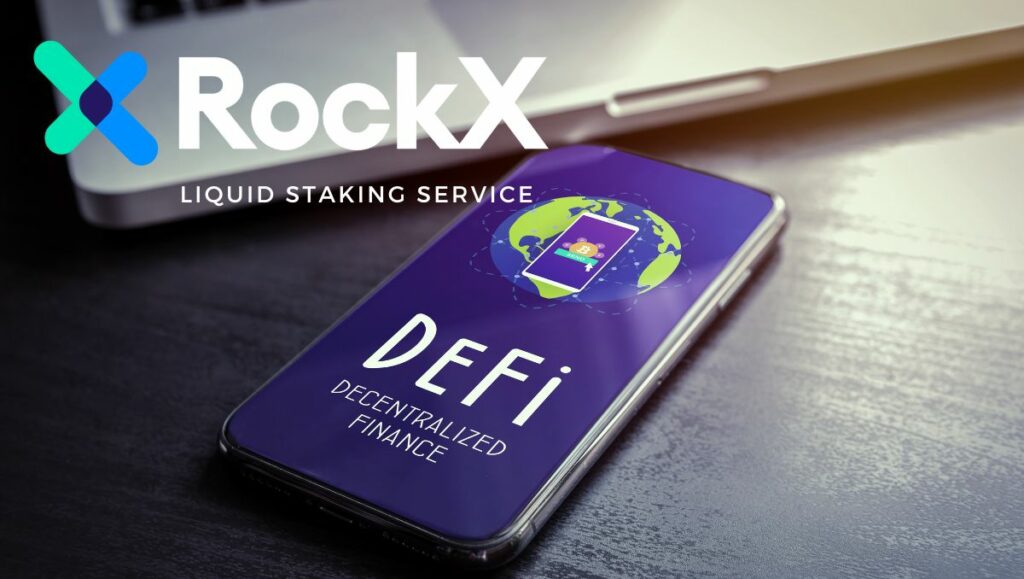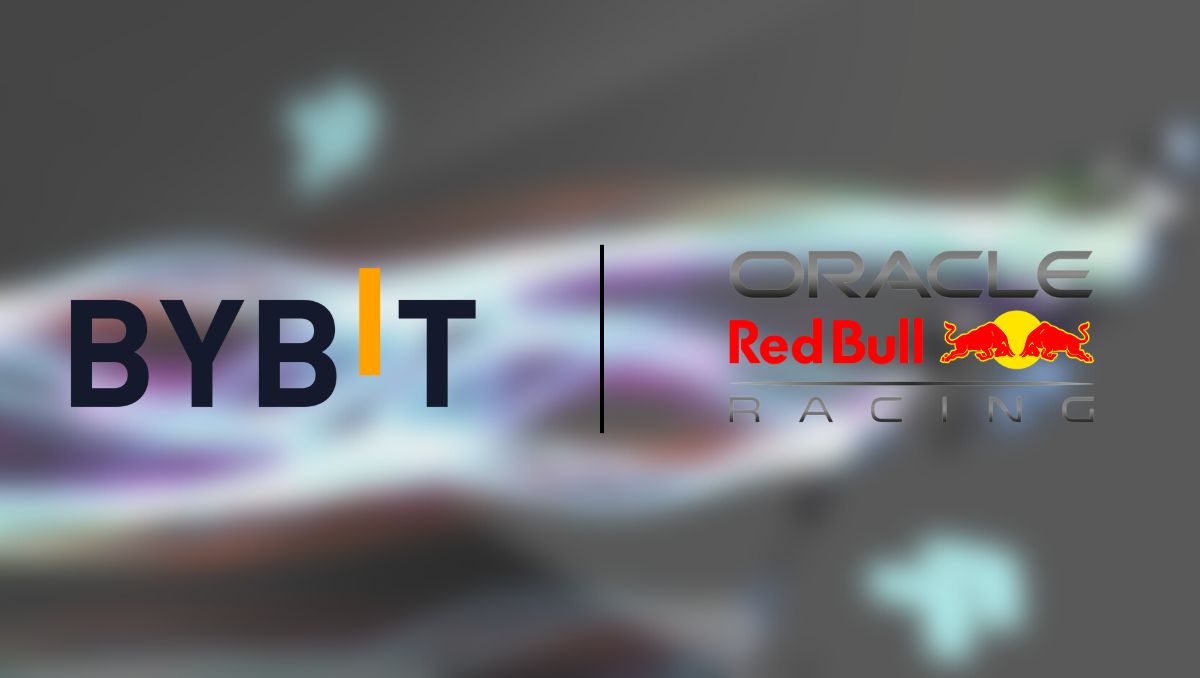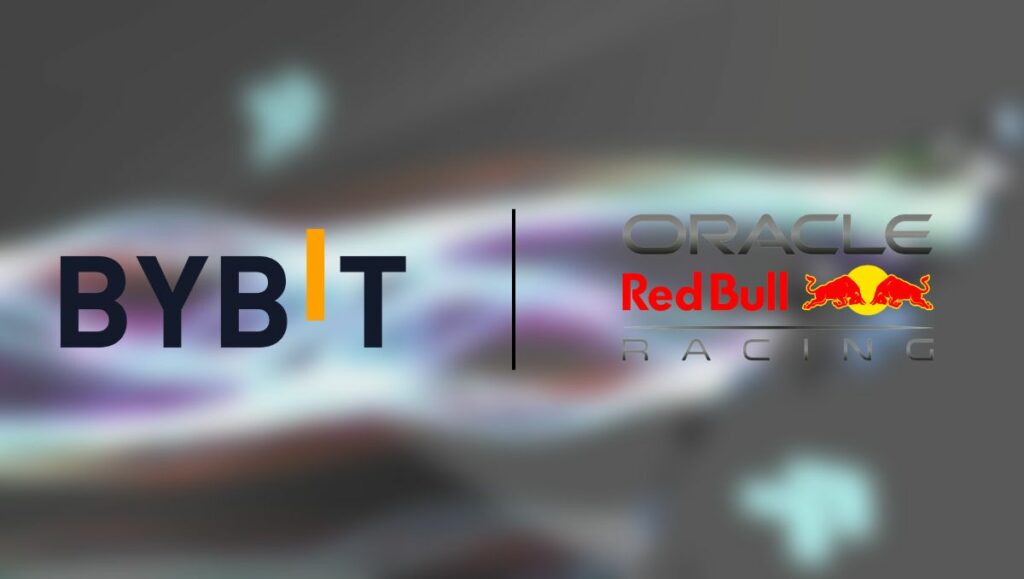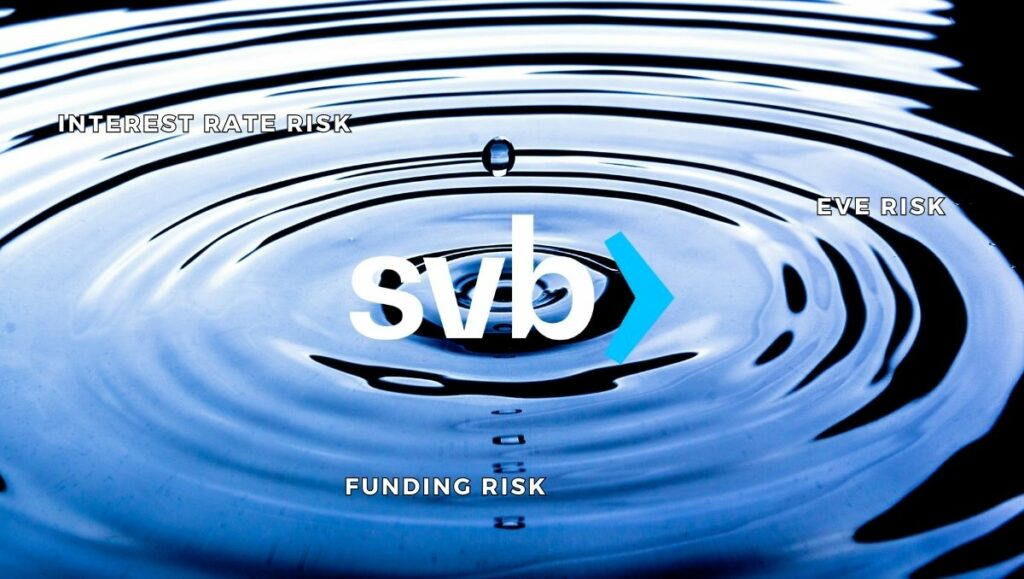
After decades of relative safety, venturing into the realm of banking has once again become a precarious task. With investment banks and regional lenders going through a tumultuous period, the spotlight has shifted to the Silicon Valley Bank (SVB). A cautious game of predilection, ambition, and trust ended in a dubious failure, which has left many questions about fractional banking, net interest margin (NIM) and EVE risk unanswered.
Just last month, the Corporate Banking giant based in California faced a liquidity crisis that threatened the longevity of its $211 billion balance sheet. This can be attributed to one of the most common threats within the banking sector – asset-liability mismatch. The company was unable to properly align its deposit liabilities with its fixed rate asset portfolio, leading to a maelstrom of NII and EVE losses.
To understand the circumstances that led to SVB’s downfall, let’s take a closer look at Net Interest Margin (NIM). NIM represents a bank’s ability to make a profit by measuring the difference between its interest income and expenses, usually derived from loans or securities. As such, banks will typically target a rate or degree of profit that maximizes their NIM and returns on assets.
In the case of SVB, this ambition is thought to have led the lender to pour large sums of money into bonds and Mortgage-Backed securities with high yields, in the aim of augmenting their NIM and achieving higher returns. Unfortunately, this overexposure to fixed rate, especially when coupled with an absence of interest rate risk protection, resulted in a wave of investment losses stemming from newly unpredictable interest rates. Compounding this issue was EVE, a macroeconomic metric that deems the volatility of a security in reaction to varying market conditions such as changes in interest rate. With a sizable portion of its portfolio relying on EVE risk, SVB was unable to shield themselves from this decline.
Consequently, SVB has now become an example of ‘too big to fail’. The loss had a direct impact on the bank’s capital, pushing the need for further capitalization to maintain solvency. This was a critical situation where the waves of financial distress threatened to collapse the entire financial system, mirroring that of the 2007–2008 global financial crisis (GFC). Despite vigorous attempts to find a potential buyer, SVB was unable to secure a government bailout, like that of Lehman Brothers in 2008.
Notably, the GFC was characterized by a massive Asset-Liability mismatch, due to banks funding long-term assets with short-term financing. The Bank Run that ensued from SVB has highlighted how vital it is to manage liquidity risks, in order to prevent a repeat of the disastrous consequences which accompanied the GFC.
Cryptocurrencies are often accused of being the catalyst for the bank’s failure. However, this is more likely to be attributed to the bank’s failure to hedge interest rate risk, its lack of proper EVE risk management, and its use of volatile non-retail deposits, leading to an imbalance of cash flow.
At the end of the day, this case has revealed the stark reality of the banking industry, and the importance of understanding the risks involved in serving their clients. Banks must adopt a proactive approach towards risk management and liquidity, while the regulators need to implement oversight measures and regular stress tests. The collapse of SVB and Signature Bank has further underscored this concern, and the need for greater awareness of the risks in the banking system.
